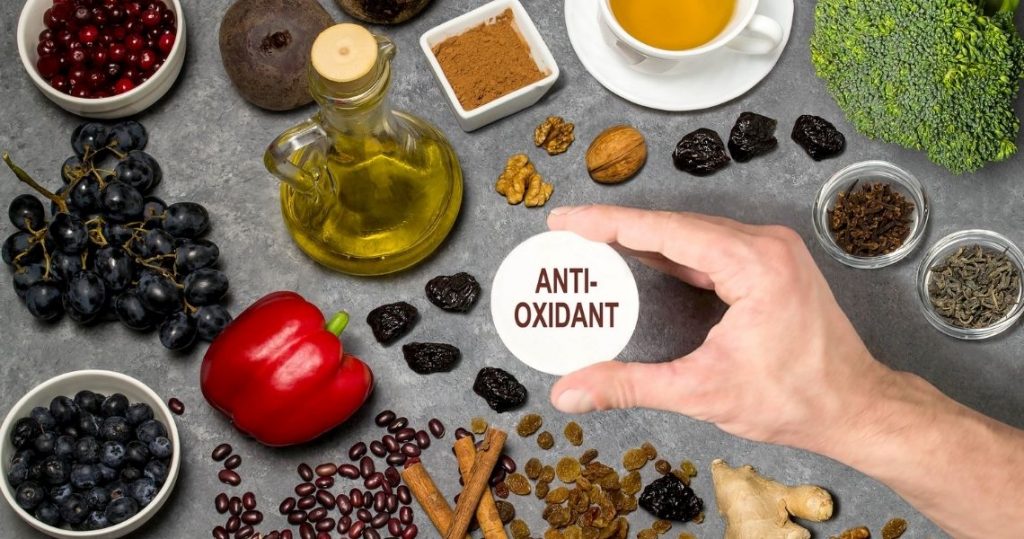What is it?
alpha lipoic acid or R-ala is a fatty acid that is found in all those cells that are part of our body. It is the most powerful antioxidant that we have. It intervenes and carries out such a number of processes and functions that it is known as the universal antioxidant or antioxidant of antioxidants.
It is a powerful antioxidant that fights free radical cells . And therefore, its main function is to protect the body from free radicals. chains of cells that can be harmful and cause different diseases.
It also works by increasing the levels of endogenous antioxidants such as coenzyme Q10 or glutathione. It helps to combat oxidative stress that is produced by intense physical exercise, and leads to fatigue, reduced strength and even affects myofibrillar proteins.
Recommended products:
It is found in different concentrations within organs and muscle tissue. The body’s ability to produce energy decreases over the years. ALA supplementation, or increased intake, helps increase mitochondrial activity. This occurs because it stimulates a glucose transporter called Glut 4 to the cells that form muscle mass. This improvement in the use of nutrients and insulin sensitivity results in improved athletic performance and increased muscle mass. This fatty acid can be taken through supplementation, natural foods or even our body can produce it. It has the ability to regenerate vitamin C and E that have been oxidized. It reduces the production of cytokines and inflammatory factors.
Naturally, the organism is capable of producing enough ALA to carry out all functions.

Its functions within the body
- The direct relationship of ALA has been demonstrated to prevent possible alterations in metabolism, for example, those related to overweight and obesity due to insulin sensitivity and an increase in a substance called adiponectin (anti-inflammatory and antiroterogenic) and which is usually considerably decreased in people with metabolic syndrome, obesity or type 2 diabetes .
- Another function, related to energy metabolism is the ability to increase the production of glutathione , another type of antioxidant.
- alpha lipoic acid and its effectiveness in controlling diabetes have been confirmed by various studies. It improves the response and sensitivity to insulin and inhibits the transformation of glucose and galactose to sorbitol.
- Lipoic acid has neuro-protective properties. That is why various studies have proven to improve memory, protect the brain against certain toxic components, and reduce the severity of pathologies such as Parkinson or Alzheimer’s .
- ALA , as mentioned, can regenerate other vitamins such as E, which contributes to the maintenance of cardiovascular health .
- By itself, it has qualities that improve cardiovascular function due to the fact that it reduces blood pressure, LDL cholesterol and triglycerides.
- Synergy with other antioxidants. Stimulates the production of glutathione.
- Contributes to the maintenance of well-being .

Supplementation.
If you decide to supplement with this fatty acid, the safe dose is between 50 and 600 milligrams a day. It is a very variable amount and it is recommended to consult a specialist because healthy people can benefit from its characteristics with lower amounts, and people with diabetes or with certain types of pathologies will need larger amounts.
Its exogenous consumption in people with thiamine deficiencies, since it can hinder its absorption.
What is alpha-lipoic acid for?
Some studies have suggested that alpha-lipoic acid supplements can improve the body’s ability to use its own insulin in order to re lower blood sugar in people with type 2 diabetes. ALA can help reduce symptoms of peripheral neuropathy, the nerve damage that diabetes can cause.
How much alpha lipoic acid should you take per day?
Because alpha-lipoic acid is an unproven treatment, there is no set dose . However, studies have used between 600 and 1,800 milligrams daily for diabetes and neuropathy; one review concluded that the evidence is convincing for the use of 600 milligrams daily for three weeks in the symptoms of diabetic neuropathy .
What is the best source of alpha-lipoic acid?
Alpha-lipoic acid is a natural protective antioxidant. Many foods have alpha-lipoic acid in very low amounts . These include spinach, broccoli, yams, potatoes, yeast, tomatoes, Brussels sprouts, carrots, beets, and rice bran.

Does alpha-lipoic acid increase blood pressure?
Research shows that taking 600 mg of alpha-lipoic acid daily with medication does not lower blood pressure compared to medication alone.
Can alpha-lipoic acid cause a bad smell in urine?
A high dose of ALA can cause a strong smell of sulfur in the urine , just like asparagus. This smell seems harmless. Alpha-lipoic acid is not recommended for use in children or pregnant or nursing women.


